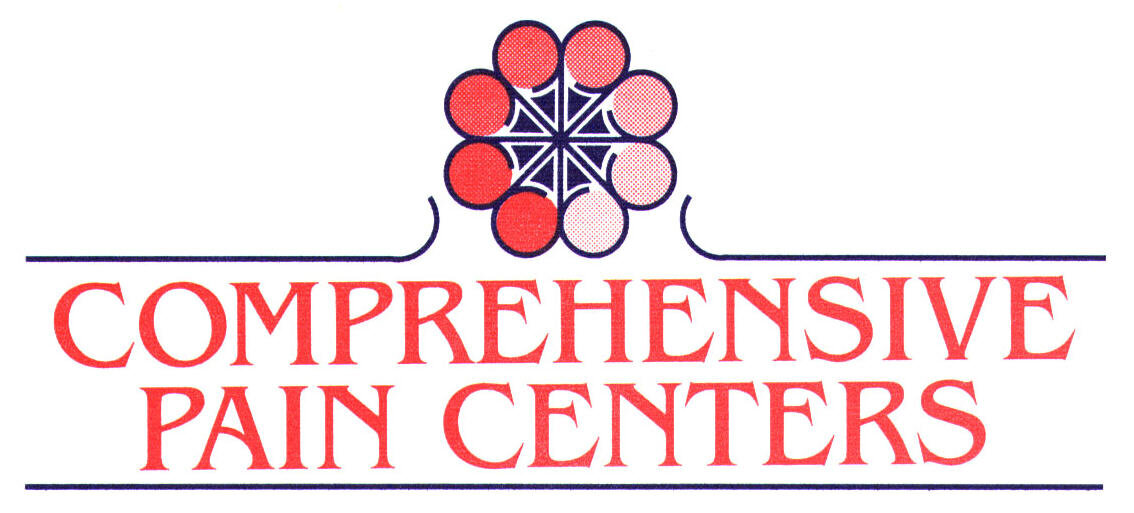Spinal stenosis is a narrowing of the spine. When the spine space decreases, this in turn puts pressure on the nerves passing through the spinal canal. Most commonly this is found in the neck and lower back.
Read MoreDiscs are gel cushions between the vertebrae raise that allows us to do different movements such as twisting, turning, and bending. This gives us the ability to move our back slowly. Pressure on the spinal nerves will send painful signals to the brain.
Read MoreAbout 80% of people will suffer from back pain at a time in their lives. Back pain can be caused by any mechanical or non-mechanical reasons. Sports injuries, accidents, simple movements, arthritis, poor posture, obesity, and stress are just a few of the potential causes of back pain
Read MoreA common misconception of pain treatment is that chronic pain should be treated solely by a psychiatrist or psychologist. This is simply not true. The treatment of chronic pain should be a team approach, with everyone working together to help the patient take back as much of their life, physically and mentally, as possible.
Here is a helpful article about the roles of psychology and pain.
Read MoreChronic pain is so difficult to diagnose. Often it is a process of trial and error, testing and continually trying to describe your pain. But how do you explain pain to your doctor, in order to help them understand how your pain is different?
Medical history — injury, treatment, procedures — can only tell a doctor so much about the pain you should be experiencing. But, with chronic pain, the pain is different…and hard to explain concisely. Yet it is incredibly important that you describe the pain as accurately and descriptively as possible.
Read MoreThere are over 3 million cases of chronic pain in the United States each year. So what exactly is pain? Pain is defined as acute or chronic. Acute pain can be a sudden, mild pain that lasts only a moment or it can be severe pain that resolves over a few weeks or a few months. Chronic pain is continuous pain that lasts longer than 6 months. The key is that acute pain is pain that goes away, chronic pain usually does not.
Read MoreA pain management specialist works with you to develop an individualized management and treatment plan for your pain condition.
Read More






